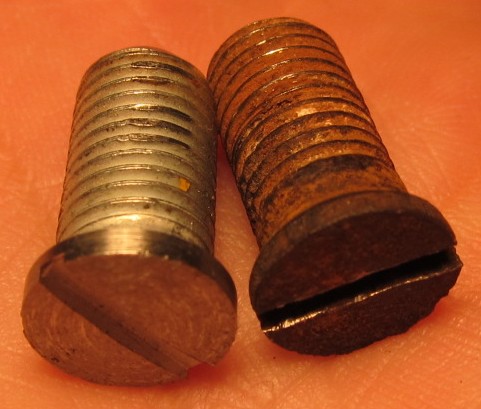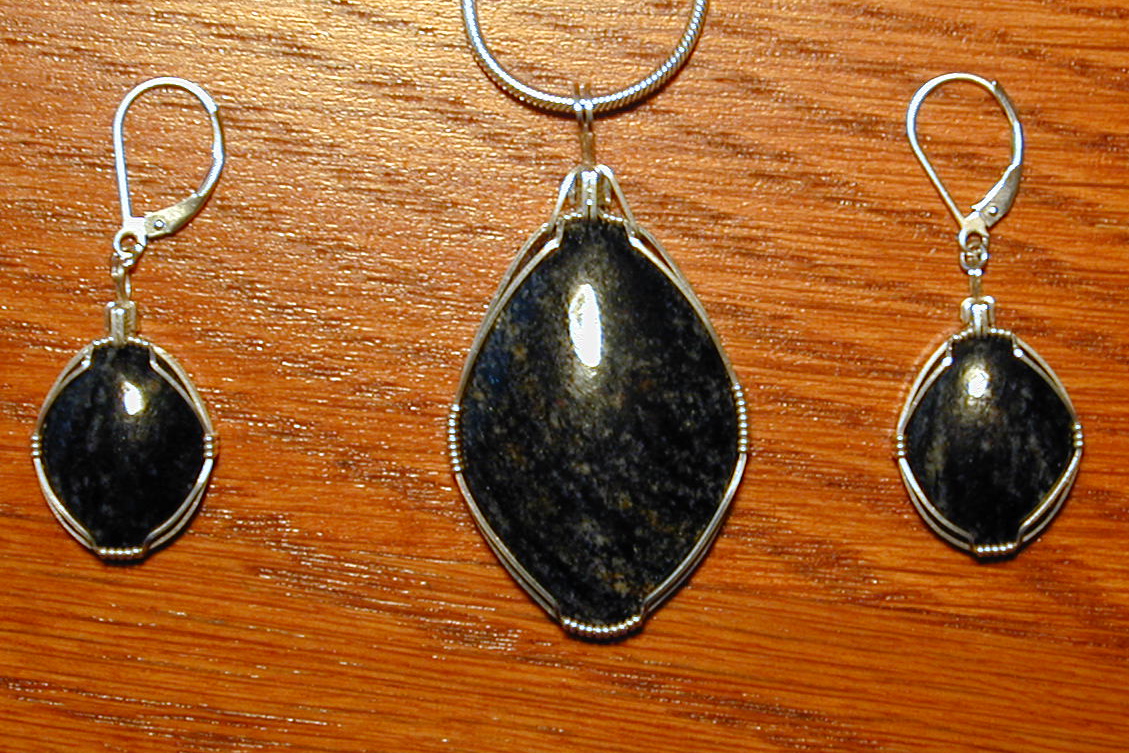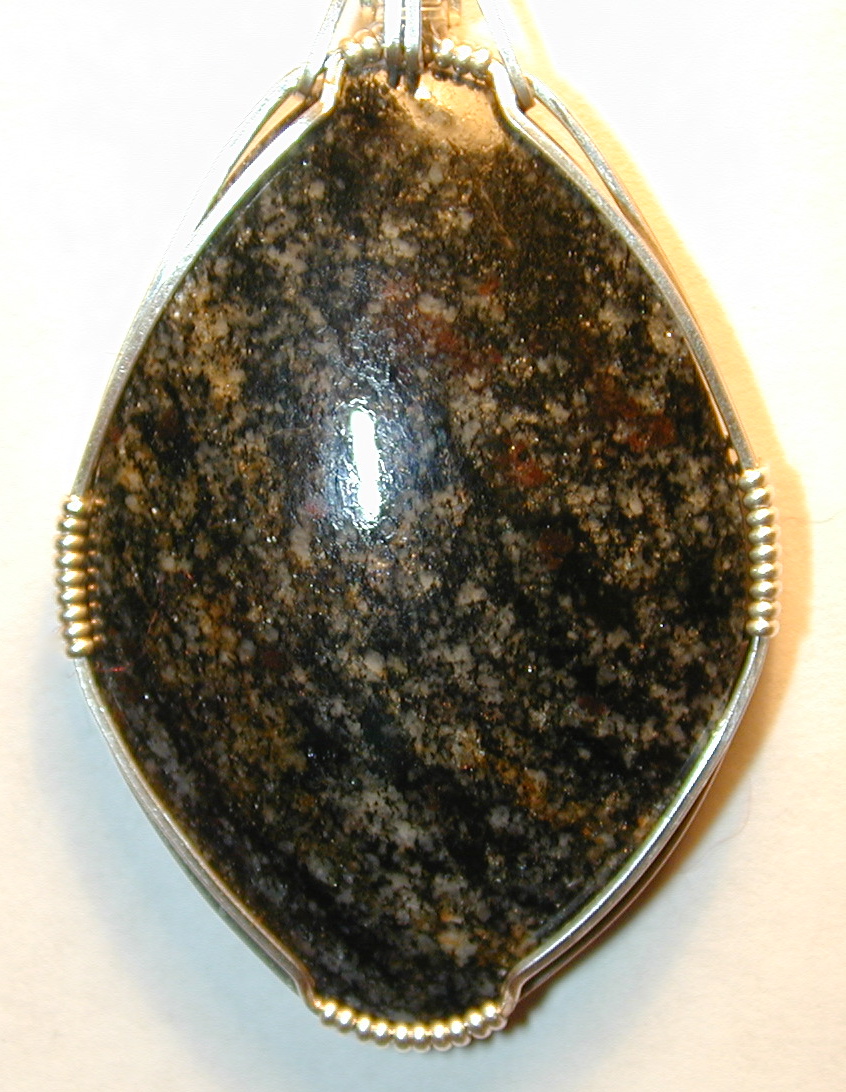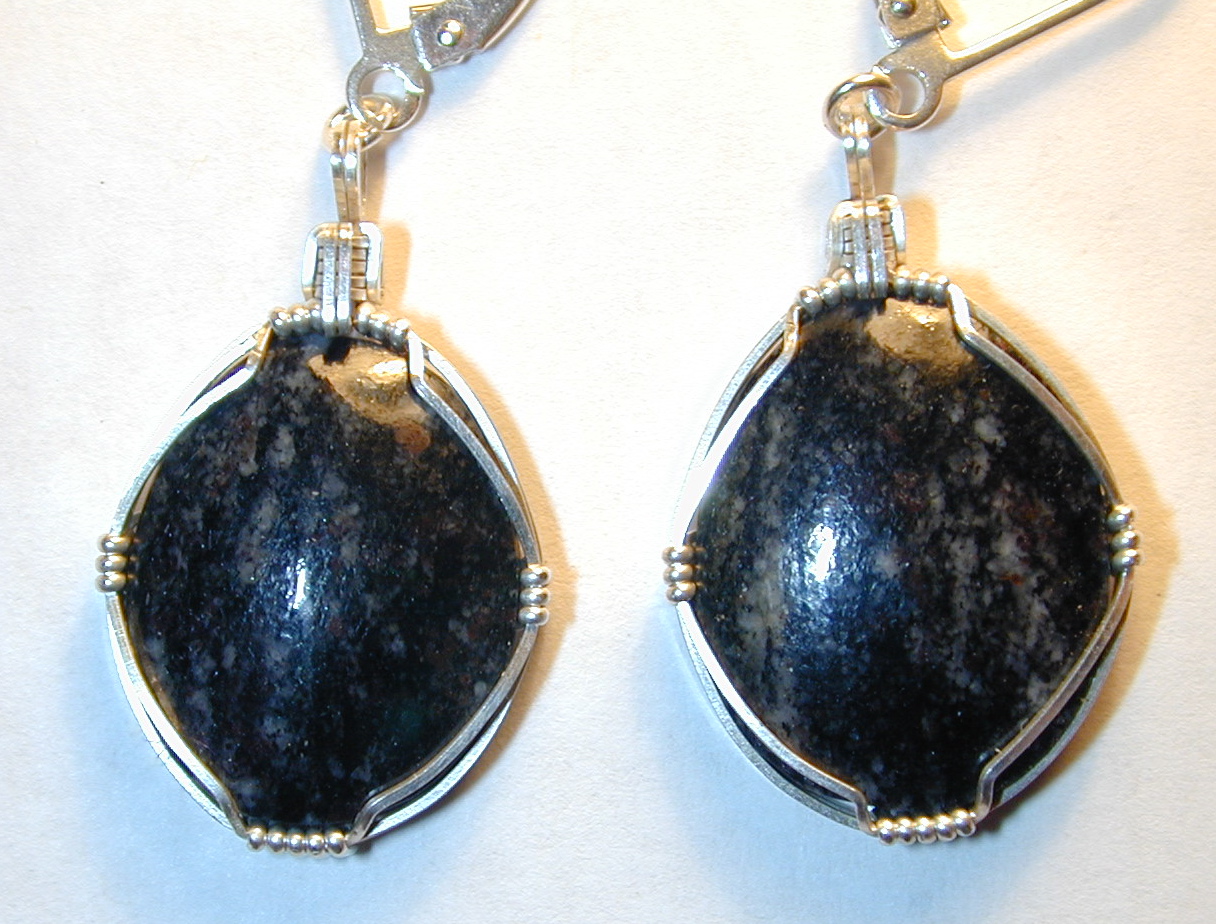In my “spare” time, I am somewhat of an inventor. Perhaps that’s too strong a term – I’m a “maker”, and a “fixer”, and a “customizer.” Things that I buy (physical things – objects, machines, cars, components) are often not quite good enough, and my own version of them seems like it would be a better fit. One of the most frustrating things I experience is seeing a new design in my head for SOMETHING and knowing that I’ll never have time to really work on that concept and bring it to reality. This happens when I see things like lamps, car doors, sleds, trailer hitches, shooting benches, etc. etc. etc. – almost everything could be made a little better, or at least changed to more appropriately suit me instead of the general model that the mass market demands. Sometimes, I have a serious requirement to make things, or change them, and I like being able to do it. I’ve also created a few larger projects out of thin air – a generator subsystem a few years back (complete but unassembled due to space issues) and a truck crane I’m in the middle of thinking about at the moment.
This isn’t dissimilar to the work I do with computers – it’s just a different (and more difficult, sometimes) angle on things. Programs are just tools to move information around, and in some cases, create it. Machines are just things to move energy around, and I find that my brain sees the design and implementation of each sphere – machines and information – as being fairly similar.
This push to work with metal started at a young age (not coincidentally at the same point as my interest in computers) with my habit of taking apart computers and equipment that my father would bring home. When I hit 16, I dove into cars headfirst, and spent many hours (days, weeks, months) customizing my Jeeps and other vehicles – V8 conversions, roll cages, urban theftproofing, painting, repair – everything. I never had enough tools to do everything I needed to, but I made a significant effort to buy good tools when I could afford them – I dislike having to stop my work to go out and borrow resources (though I did plenty of that) or worse, not complete a job or have to re-engineer something because I am unable to do what I need with the tools at hand. So the steady but certain trickle of buying has left me with a fairly large tool collection that I’ve amassed over the years, and for nearly any problem that presents itself I am able to find the appropriate drawer in which an implement resides to build or disassemble to reach a solution.
This all changed a number of years ago. I purchased a CNC 3-in-1 mill/drill/lathe. Suddenly, I had nothing that worked. The specialized bits and pieces for working with metal or plastic in a very controlled, precise environment are very fussy, expensive, and often difficult to find. You can’t just “fake it” with machine tools – there is no bending and fudging. And there is no “machinist’s beginner pack” that you can buy at Sears. I will admit that I’m not looking to become a master machinist – it’s a means to an end. I need holes cut, edges milled, slots made, notches created, burrs removed, parts cut off. I am not building spacecraft, race engines, or surgical tools – I’m just trying to turn ideas into reality, and the machining process is usually just a small (but vital) part of a larger plan on which I’m working. So my frustration has been building as I have seen the potential of this great mill/drill/lathe that I own, but it has gone generally unused since even looking at it makes me realize how few accessories I have to get meaningful and accurate results using the machine.
Over the last few years, I’ve purchased parts as I’ve needed them – end mills, lathe bits, clamps, measurement tools… but it’s been very slow going, and every single project seemed to require some new tool that I would have to wait days to receive from McMaster-Carr, or that I would have to go to the local machinist supply shop and bore the guys behind the counter with my newbie questions. (Machinists are not exactly “open source” or enthusiastic people in general, so getting information consists of asking very exact questions and getting very exact and often unhelpful answers.) I had acquired enough stuff for specific results, but the specialized nature of the tooling meant that getting a “full” collection was going to either a) cost a HUGE chunk of money, or b) take the rest of my life in a tedious, one-by-one bang-my-head-against-the-wall fashion.
Every once in a while, I would look at eBay or Craigslist for collections of machinist tools, so that at one shot I could buy a whole block of useful stuff that would for the most part enable me to just “walk into” a useful collection. Yesterday was my lucky day. I saw an ad, fairly vaguely worded, for “Machinist retiring”. No picture. No list of tools. Just a comment that “there are lots of tools here, come by and take a look.” OK, I’ll bite. The most vague ads often are the best ones to pursue, since everyone else just doesn’t look at it or dismisses it when there are more detailed photographs and catchy phrases to see just a click away. But I called anyway, and arranged a look day before yesterday. I drove over to the house, and had a very good chat with a recently retired machinist who is trying to get rid of the tools that he’ll no longer need. The collection consisted of a big Kennedy tool chest (upper and lower and middle) which was FULL of tools.

600 pounds of metallic capability
I knew after opening the first drawer that this was the cache I’d been looking for. The chest was completely full of tooling – it happens that the first drawer that I opened was one of the “thin” drawers at the top of the cabinet, which happens to be the heaviest – it’s almost solid tool steel, with hundreds of pieces of lathe and mill tooling neatly tucked into the rectangle of the drawer, making it in essence a solid sheet of steel about 1 inch thick.

Jackpot! Machine tool treasure drawer.
Every bit I picked up was in good condition – no chips, most without any surface rust, edges looked sharp and clean. I quickly made the decision to buy it after a little price negotiation- not often is there a whole lifetime’s worth of tooling and instruments and “tricks” available in one, compact cabinet. So I happily packed it all up (which was quite a chore getting it in the truck – I’m guessing all told it’s about 600 pounds) and I’ve installed it in its new home next to my mill/lathe. My partner heard about it (“I thought we were trying to REDUCE the number of things in the basement!”) and called it “Coot-in-a-box” as a kind of strange twist on products that claim to be all-in-one solutions by putting the name “-in-a-box” at the end of the product. If I’m headed in the direction of coot-ness, then I suppose this is one of those warning signs. Next up: coveralls and a ZZ-Top beard. (Uh… no.)
I’m still going through it all, but here is what I can remember after doing a few more once-overs – I’m sure I’ll find much more as I dig through layers:
- end mills (60? 100?)
- boring bars (20? 30?)
- micrometers (10 or more, varying styles)
- pin gauge sets (3, 1 small, two huge, up to .25)
- drills (50? 100?)
- taps (40? 50?)
- reamers (40?)
- v-blocks
- clamps
- parallels
- center finders
- flap grinders
- collets
- chucks
- surface plates
- measurement tools of all types (mostly Starrett)
- files, punches, drifts, hammers, pliers, allen wrenches,…


..and more...
- More tools
The list is actually much longer than this – huge. There are something like 20 drawers full. I can’t even start to count all the things in there, and I probably never will. I’ll clean everything up, get things organized a bit, and just start using it. I don’t think I’m going to obsess over organizing it too much other than trying to put all the similar tools in with each other. This is like the magic grab-bag of resources – either the right tool or a set of tools which can be used is in this box for nearly any metal-related task I have at hand.
One of the first instruments I took out of the box was a three-piece Starrett square, which is basically a very precise ruler which can also measure angles. Forged steel, a very nice implement. A quick search of McMaster-Carr – $202 current price. Woo-hoo! The price for the whole kit was… well, I won’t say, but suffice that to say I’ve paid way more (double?) for disk drives in the past that are now worth around a dollar. If I sold just a few things out of the box (even at eBay prices) I’d make up the cost, so I’m going to see if there are any huge numbers of duplicates and maybe this will be a wash. But otherwise I plan to keep everything.
The tool box came with the factory wheels on it ,which were soft. During it’s previous life on the shop floor, they had rolled over countless little bits of metal spirals, embedding them into the soft plastic. I didn’t want to roll a 600 pound cabinet onto the basement tile with metal cleats on, so I replaced the wheels with some that I had laying around with the same bolt pattern. But the wheels are really interesting-looking – like some sort of accidental art.
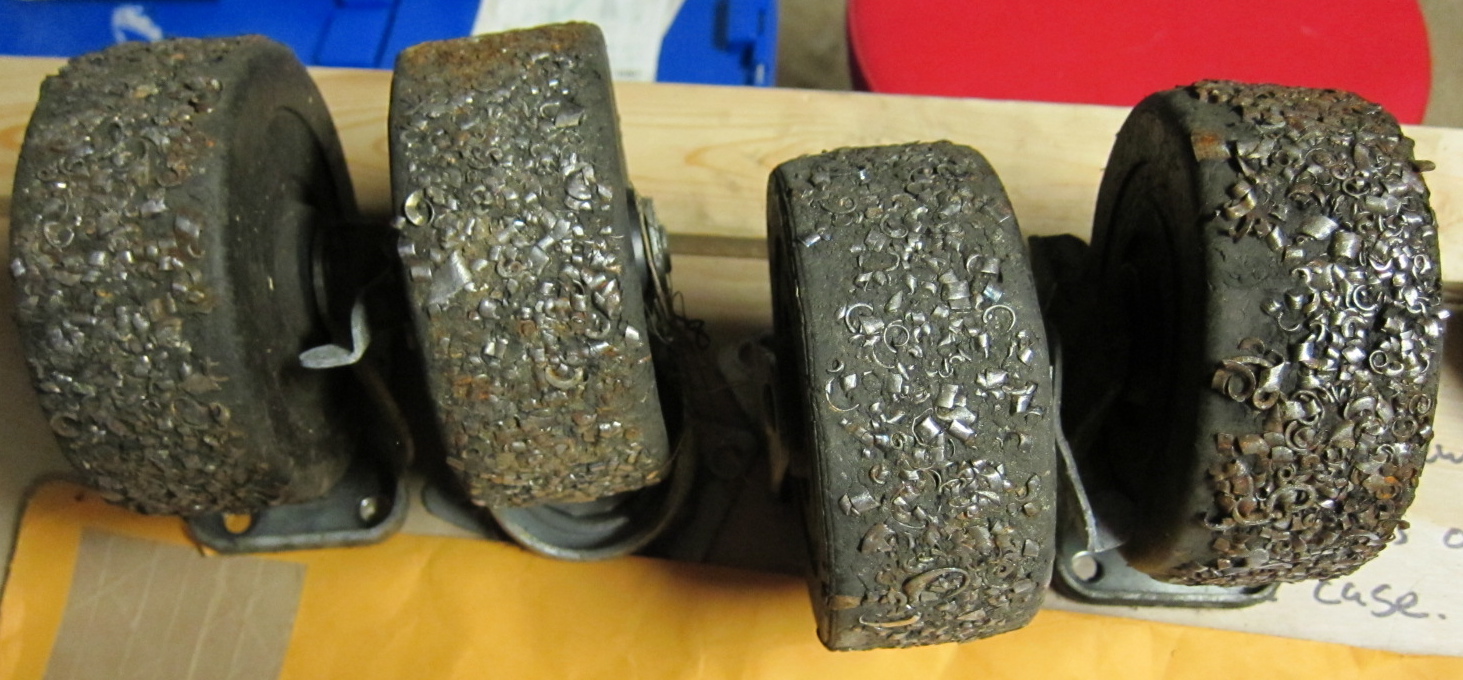
Soft wheels + machine room floor = masterpiece





